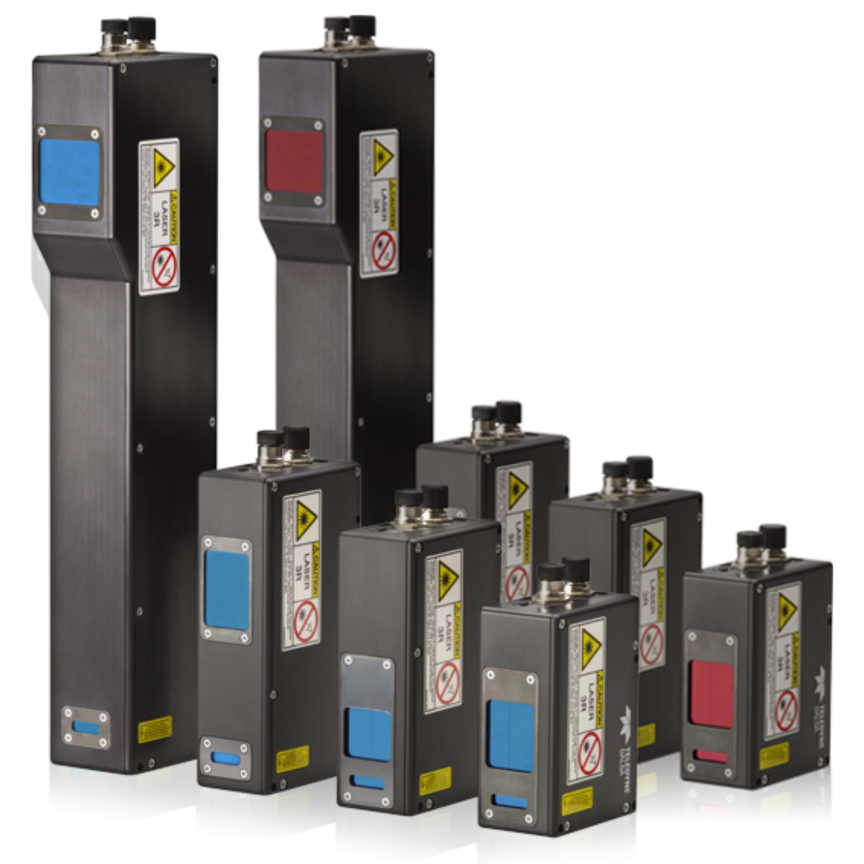Attollo Engineering (www.attolloengineering.com), global engineering experts and suppliers of infrared imaging, LiDAR/LADAR, and laser sensing solutions, introduces a quarter-VGA format camera (320 x 256 resolution), based on indium gallium arsenide (InGaAs) shortwave infrared technology. The miniature Phoenix QVGA SWIR Camera is available at an industry-leading low-cost of $4900 (camera core with parallel output). Featuring the smallest SWIR sensor available, the innovative camera is superior for applications that require low size, weight, and power (low-SWaP).
The affordable new Phoenix QVGA is specially designed for applications that require cost-efficiency at the system level, when compared to competing shortwave infrared imagers. The lightweight (only 23 g without lens) SWIR camera captures snapshot imagery utilizing a high-performance InGaAs detector with an extremely small 5-micron pixel pitch that enables a short focal-length optic.
Other features include a global shutter with integrate then read (ITR) capabilities, and a minimum of 100 ns integration time with presets and user-defined options. The spectral response spans a range from 1.0 µm to 1.65 µm. Camera Link or USB-C outputs and a selection of lenses are also available, at additional charge.
Attollo Engineering’s new low-cost Phoenix QVGA SWIR camera is ideal for use in drones or other small gimbal applications. It is also well-suited for laboratory applications, optical fiber alignment tasks, precision agriculture, driver vision enhancement (DVE), microscopy, machine vision, and any other SWIR imaging applications that require a small footprint.
To view the data sheet for the new economical Phoenix QVGA (320 x 256 pixel array) SWIR Camera, please go here.

